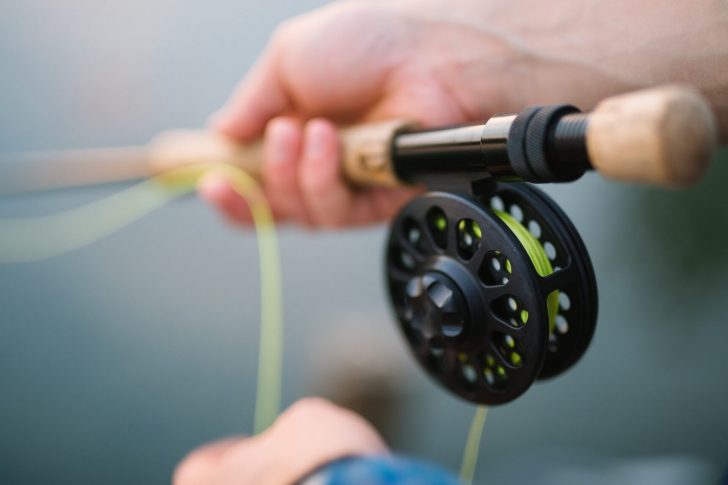His answer didn’t surprise me.
“We sell fishing tackle and pride ourselves in giving the customer what he wants,” the senior executive insisted. “Each of more than the two hundred rods in front of you was built with a special store-action. When the fisherman picks it up and waves it around like a fencing foil, it feels right to him and he buys it.”
Suggesting that the true test of any fishing rod takes place on the water seemed like an exercise in futility at the time. It was painfully obvious that his designers lacked long-time experience of casting to bluefish or bonefish or tangling with tuna and tarpon. These shortcomings did not stop this company from becoming an important factor in the industry. The thought of trying to educate the consumer was as foreign as another language.
Fishermen fall into the rut of comfort and convenience, with most anglers responding less than enthusiastically to any type of innovation that strays from the norm. I would be remiss if I did not point out two exceptions. With the advent of graphite as a rod building material rather than glass and all the publicity, rod buyers began to accept the newer material. Since then, there are even more material changes that make rods stronger and lighter. With the new materials, the need for metal ferrules becomes obsolete, and it is now possible to make multi-section rods.
To this day, the party boat fisherman saddles himself with a short, stiff rod that can be tucked under the arm while bellying up to the rail. It’s been like that for decades. The thought of a slightly longer rod that allows one to flip a bait or lure away from the boat or battle a fish so it doesn’t wrap around several lines doesn’t even enter the picture. Anyone who deviates from the norm is looked upon as an angler who has little knowledge of the sport.
There is no all-purpose rod. Every rod is a compromise. The key to choosing the right rod for your needs lies in ranking the factors such as the ability to present a bait or lure effectively or the desire to fish light lines or the power to battle heavyweights of the sea where lifting power is a necessity.
More than 50 years ago, a small group of light tackle pioneers custom built rods to battle big fish. The butts on these rods were never more than 10 inches long. If you saw one in a store, you would instantly think someone did not know how to build a rod. The short butt let you keep your elbows at your waist when fighting a big fish. This reduced fatigue dramatically during a lengthy battle. Your arms and back did not hurt.
No matter what anyone claims, the only meaningful test of a rod’s performance takes place on the water under combat conditions. If it does the job for you, it’s a good rod. If it fails in the war zone, explanations or excuses are meaningless.
